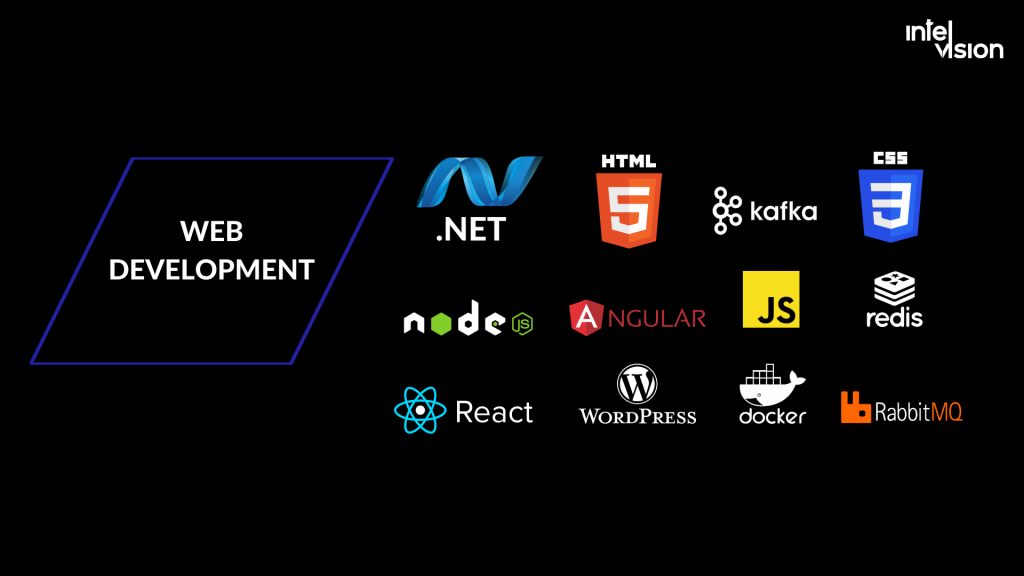HTML or JSX – Choosing the Right Markup for Modern Web Applications
Choosing between HTML and JSX for modern web applications depends on several factors, including the development environment, the framework or library being used, and personal or team preferences. HTML, or Hypertext Markup Language, is the traditional language for building the structure of web pages. On the other hand, JSX, or JavaScript XML, is an extension of JavaScript commonly associated with the React library. HTML is a widely recognized and standardized markup language that has been the backbone of web development for decades. It provides a clear and concise way to structure content on the web, making it easy for developers to create and maintain web pages. HTML is often considered more straightforward and familiar, making it an excellent choice for beginners or projects where simplicity is a priority. Additionally, HTML is versatile and works seamlessly across various web development tools and platforms.

JSX, on the other hand, is a syntax extension for JavaScript that was popularized by React, a widely used JavaScript library for building user interfaces set onclickDISABLED handler on Link. JSX allows developers to write HTML-like code directly within JavaScript files, making it easier to integrate components and manage the state of an application. JSX provides a more dynamic and expressive way to describe the structure of user interfaces, which can lead to more maintainable and scalable code, especially in large and complex applications. The choice between HTML and JSX often comes down to the development stack being used. If a project is built with React or a similar JavaScript library, JSX is the natural choice as it aligns with the component-based architecture these libraries promote. This can enhance code readability and maintainability by encapsulating components and their logic within a single file. However, if a project does not involve a JavaScript library like React, or if simplicity and broad compatibility are key concerns, then sticking with HTML might be the preferred option.
Teams with diverse skill sets or transitioning from traditional web development may find HTML more accessible and easier to adopt. HTML’s widespread use also means there is a wealth of documentation and resources available, making it a reliable choice for a wide range of projects. In contrast, JSX may be more suitable for teams already familiar with modern JavaScript frameworks and looking to leverage their capabilities for building dynamic and interactive user interfaces. In conclusion, the choice between HTML and JSX hinges on the project requirements, the development stack, and the team’s familiarity and preferences. Both have their strengths, and the decision ultimately comes down to striking a balance between simplicity, compatibility, and the specific needs of the web application being developed.
